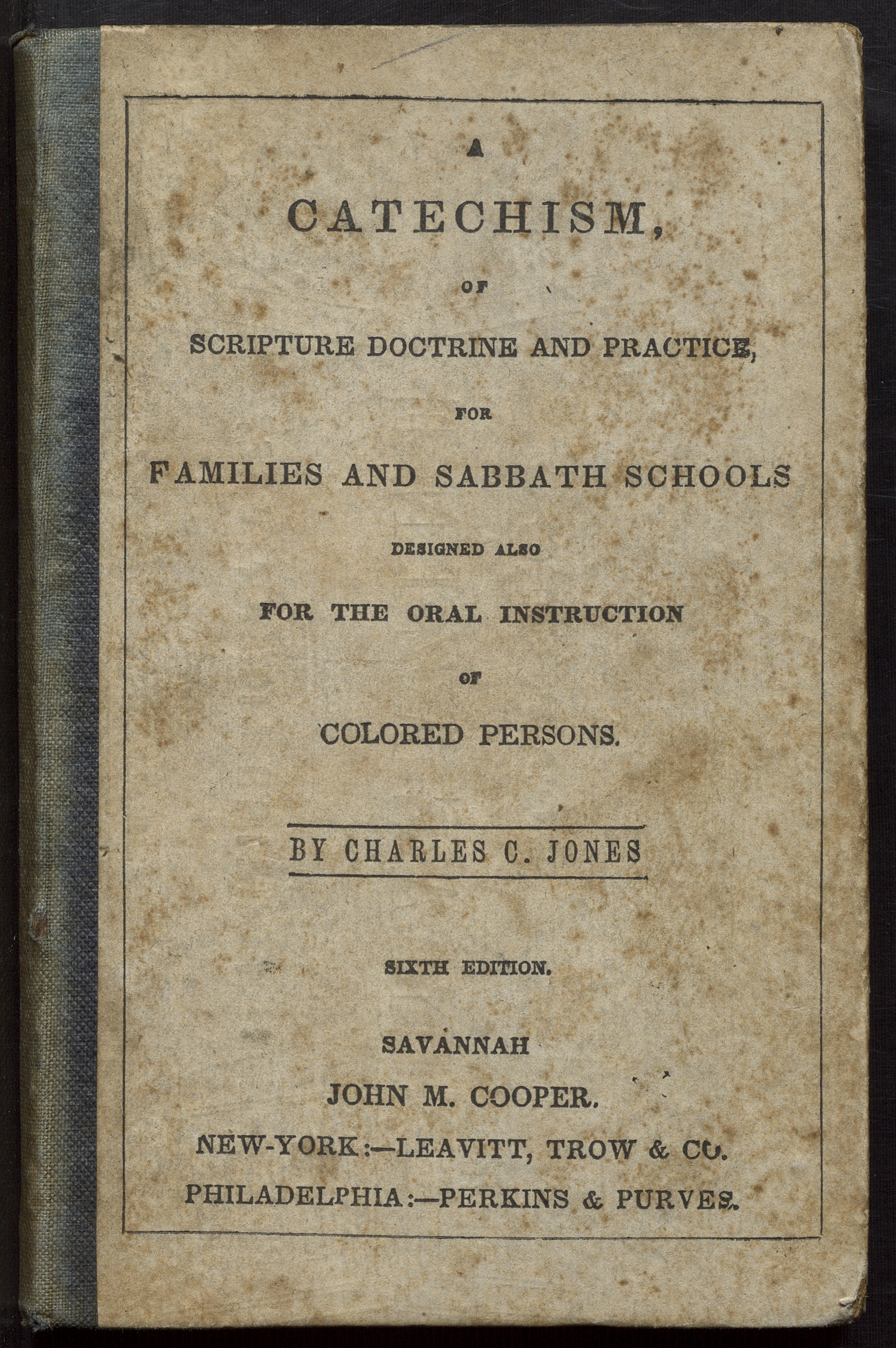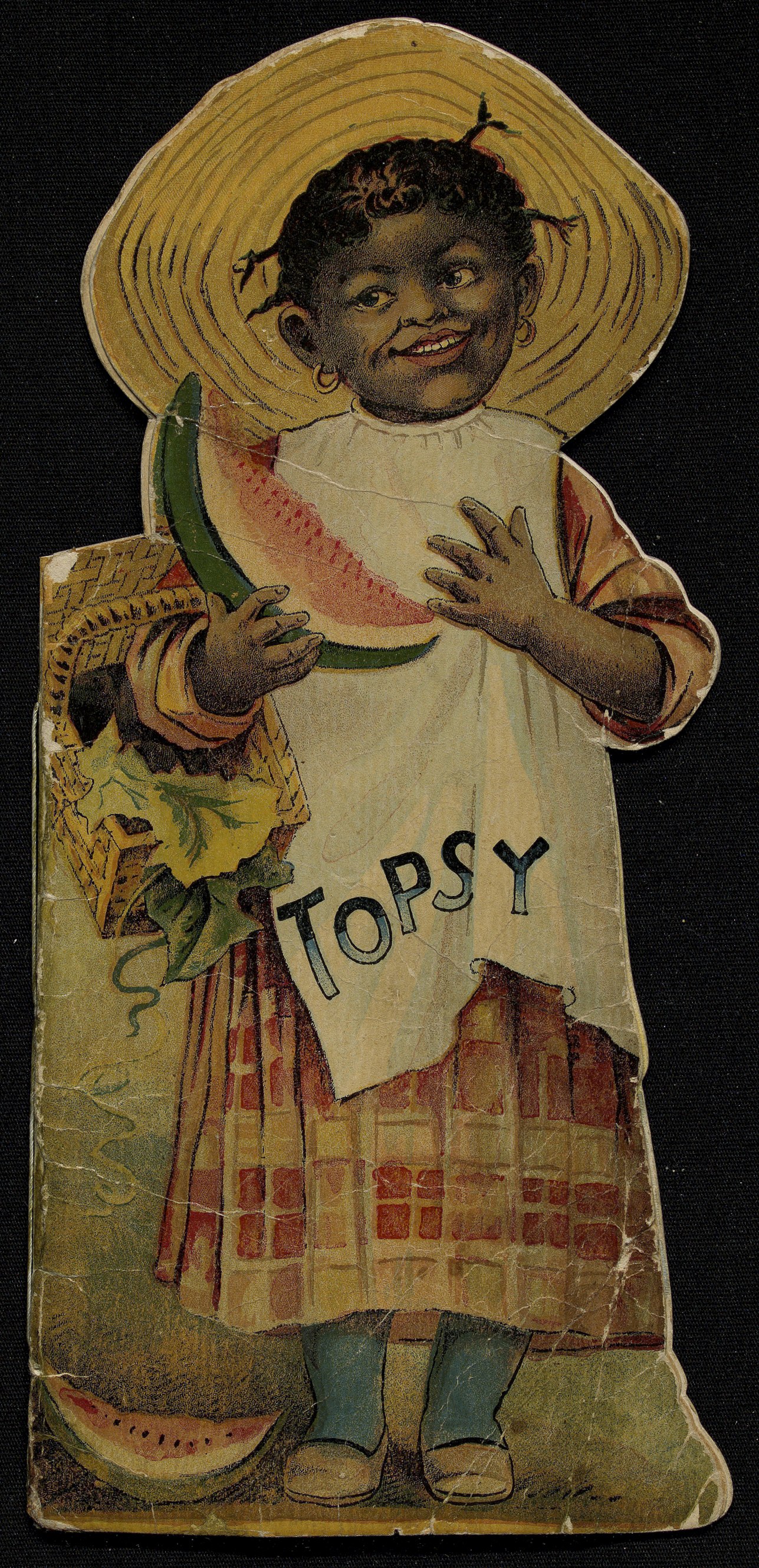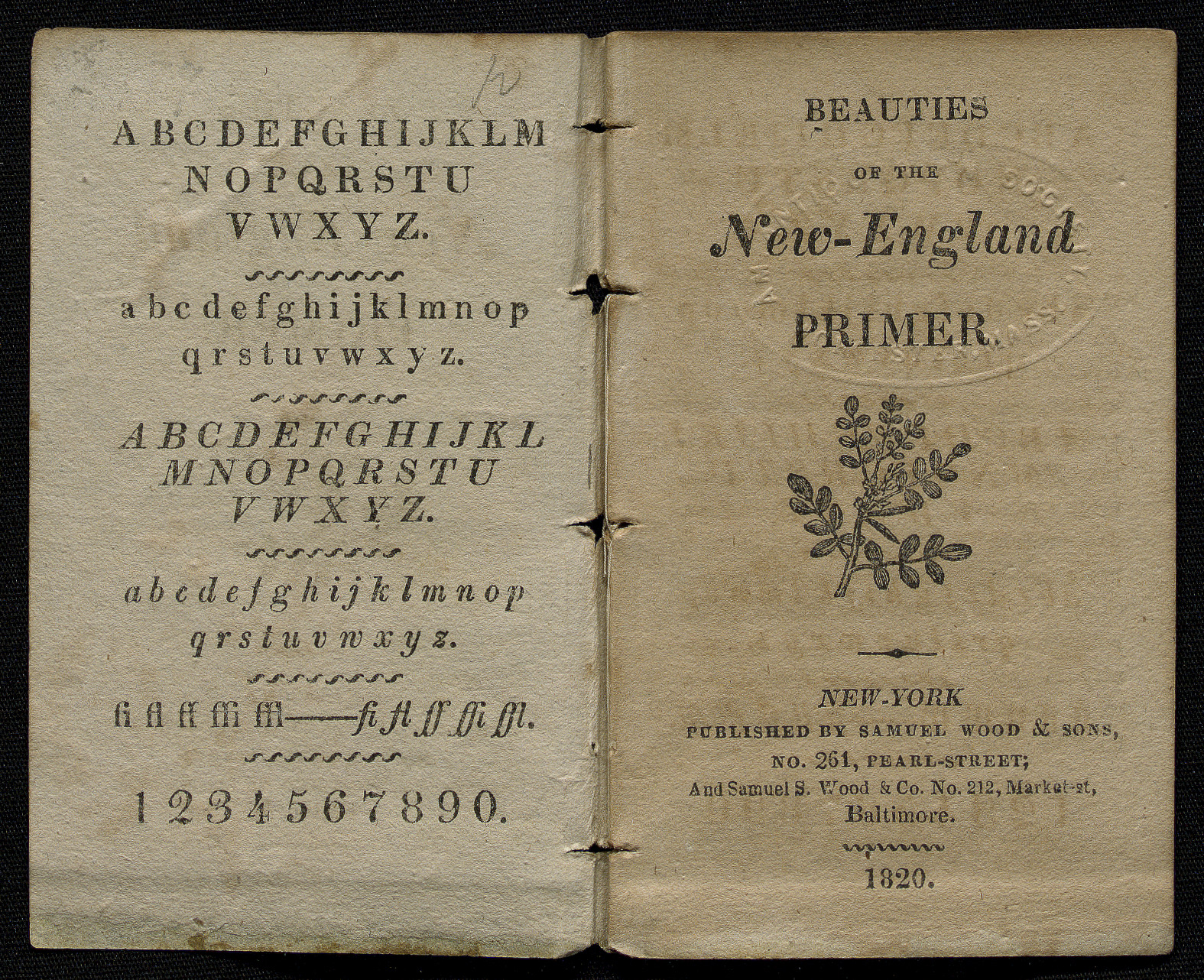Search Tools
Introduction
Children’s Literature and Culture contains a substantial amount of rare and unique primary source material; well over 8,600 digitised items relating to the literature and culture of childhood are available to view. This vast array of material provides insights into areas such as economics and financial awareness, temperance, slavery, gender, work, religion, and illness that will benefit users from emerging researchers to seasoned scholars.
Search Tools in the Resource
Given the size and scope of the resource, we have incorporated a variety of search tools in order to maximize accessibility and ease of navigation and research. The following sections explore the possibilities of each. (More information is available in the Page by Page Guide.)
Thematic categorization
Each document within Children’s Literature and Culture has been indexed by one or more of 20 themes, all carefully discussed with members of the Editorial Board. You can access the themes by clicking on the Documents tab of the main yellow navigation bar near the top of the screen.

By their very nature, themes are often broad in scope and content. The Education and Didactic Texts theme, for instance, returns documents which address fields as diverse as multiplication and the human body. The Illness and Death theme opens research avenues in fields such as home-based healing, hygiene, and infanticide. Nationality and Place signposts content that addresses cities, countries, and nationalities as well as issues of town and country living. These categorizations enable focus on a manageable volume of broadly related titles which can then be browsed.
Selections returned by a theme can be fine-tuned to return more specific results by clicking on the filters on the left-hand side of the page. You could, for instance, select the Religion theme and then ‘lithographs’ or ‘picture books’, and refine further by stipulating a particular range of years.
List view functionality
The List View returns every document within Children’s Literature and Culture. You can access the List View by clicking on the Documents tab of the main yellow navigation bar near the top of the screen and clicking on the List View tab beneath it.
The List View page provides several key pieces of functionality with which you can set search parameters to locate the documents that you want to access.
- Filters. There are four useful filters in the panel running down the left-hand side of the page.
- Date. Allows you to restrict searches to a specific range of years.
- Document type. Enables you to restrict searches to particular formats, such as accordion books, chapbooks, or paper dolls.
- Theme. Enables you to limit searches to any of the 20 themes discussed above.
- Archive. Allows you to search content from either of the two contributing archives.
- Alphabet bar. The alphabet bar allows you to select titles by their first letter. This function disregards articles such as ‘The’ and ‘An’.
- Column sorting. You can sort document titles and dates in sequential and reverse-sequential alpha and numeric order by clicking on the Title and Date column headers. The right-hand column allows you to sort in the same way but offers the ability to sort by document type, genre, theme, and author.
Each filter can be used in isolation or in concert with the others, and the alphabet bar and sorting tools can fine-tune your filtered results.
The Document Type, Theme, and Archive filters are automatically amended to show which options are available when you select a theme or date range. For instance, if you were to select just 'Illness and Death' from the Themes filter, 'American Antiquarian Society' from the Archives filter, and a date range of 1840 to 1860, the Document Type filter list is automatically amended after you click on ‘Apply’ to show that Illustration, Novel, Pamphlet, Picture Book, and Print are the document types available. You could then narrow your results further by selecting one of these options.
Basic and advanced searching
Most documents within Children’s Literature and Culture are wholly printed and can be searched using standard Optical Character Recognition (OCR) technology. This can be extremely useful if you want to locate references to a person, setting, or event, for instance, within the documents. Documents marked in the search results with the ‘folded page’ icon (as can be seen immediately after the document titles in the above screenshot) can be searched using OCR via the ‘Search documents’ box located beneath the thumbnail images (see below screenshot).

The documents in Children’s Literature and Culture also come with detailed metadata designed to provide consistently complete intellectual access to the material. This enables researchers to drill down to particular subjects, genres, physical formats, printers, authors, and illustrators through search.
This feature can be key to locating specific material. For instance, the title of the book, Little Robert and His Friend, gives little away about its content, but the keywords ‘racially mixed children’, ‘prejudices’, and ‘suicide’ reveal a great deal. These keywords are access points to the material – textual and pictorial – that can be reached through the site’s keyword searching functionality.
Similarly, for researchers concerned with what inscriptions, annotations, drawings, and physical wear can tell us about the lives of children, the keywords ‘illegible markings’ and ‘presentation inscriptions’ lead to publications such as Confession of Faults, Practical Guide to Composition, and Greenaway Pictures to Paint. In addition, ‘seashore’, ‘lion’, ‘sleep’, and ‘parties’ are just a few ‘say-what-you-see’ keyword examples which can lead researchers to their obvious destinations.
You can perform basic full-text and metadata searches using the search box that is available on all screens in the top right-hand corner. Type in the search term and click 'Go' or press enter. Searches can also be integrated with 'Boolean' text for more advanced queries.
More detailed searches can be performed by clicking ‘Advanced Search’, underneath the basic search box. Advanced Search functionality enables you to search for several keywords or phrases using the AND, OR and NOT Boolean operators. Advanced Searches can also be restricted by document type and theme.
For more information about Boolean operators, wildcard searches, word stemming, and other forms of advanced searching, please see the Page by Page Guide.
Search directories
Search directories are the best way to navigate the documents if you are interested in specific areas. These directories search the metadata across the resource to create alphabetical lists of the genres, Library of Congress subject headings, people (including authors and illustrators), and publishers (both companies and individuals). So, whether you are searching for nursery rhymes or non-fiction, or for representations of abandoned children or zoos, search directories can help you to access the most relevant documents.
You can access this facility by clicking the Search Directories button in the main yellow navigation bar near the top of the screen.
You can learn more about Library of Congress subject headings here.
Highlights and suggestions
Children’s Literature and Culture includes an array of features which directly signpost some of the most important documents in the resource.
Thirty titles are featured in the First Editions feature and the Nature and Scope page lists a number of key documents, together with selections which are often overlooked but are recommended by members of the editorial board as worthy of greater attention. Many more important titles are flagged by editorial board members in the contextual essays, video interviews, and the two exhibitions, Artwork: From Draft to Publication and The Evolution of Classic Texts.
In addition, the biographies offer an additional search tool for homing in on the works of selected authors, illustrators, and publishers. Each entry provides links to their works represented within the resource.
Using the Search Tools: Examples
The search tools described above can be used in isolation and in concert to explore the collections within Children’s Literature and Culture and to close in on particular documents. The following examples offer some ideas and starting points.
Exploring race and ethnicity
Children’s books written expressly for children of color by authors of color through the first three-quarters of the nineteenth century are extremely rare. As a result, the primary documents within Children’s Literature and Culture focus almost entirely on a white audience and were produced largely by white authors, illustrators, and publishers. Some documents produced by white people specifically for or about people of color are included – Topsy, for instance, and Catechism – but these are in the minority.
The resource does, however, contain some items written by people of color and it is this category which genuinely sheds light on their lived experience. We have taken care to include as many of these titles from the source archives as possible.
As such, although Children’s Literature and Culture is an essential tool for understanding how white Americans perceived and portrayed people of color, and for exploring how prejudices and misconceptions were passed across the generations, the minority voice of communities of color can still be heard by the researcher who knows how to find it.
The most prominent way to access material which addresses these issues is through the Race, Ethnicity and Racism theme, which provides an entry point to a broad spread of relevant material. Much of it contains and perpetuates stereotypes and caricatures as well as offensive and othering language, although the material written for and by minority voices is also discoverable within this theme.
Language that may be uncomfortable to present readers can be used in basic and advanced searches to locate relevant material. Such language can also exist within the Library of Congress terms reproduced in the metadata. Other, less contentious terms in the metadata such as ‘Race relations’, ‘Prejudices’, and ‘African Americans’ provide useful access points in the metadata, and other Library of Congress terms such as ‘Blacks as Authors’ and ‘Blacks as Illustrators’ shine a light on works created by people of color. Other, less contentious terms such as ‘Race relations’, ‘Prejudices’, and ‘African Americans’ provide useful access points in the metadata, and terms such as ‘Blacks as Authors’ and ‘Blacks as Illustrators’ at least shine a welcome light on works created by people of color. Searching for these specific keyword terms will lead scholars directly to these references.
You can find more advice on how to use these terms to locate content written by people of color within both the overview video and the essay, The Changing Face of Children’s Literature, by Laura Wasowicz. This breaks down the search methodologies researchers can use to uncover relevant material.
In addition, the essay, Race in Early American Literature, by Dr Nazera Sadiq Wright, contextualizes and shines light on literature written for and by minority voices both within and outside of the resource and addresses subjects such as white benevolence, racial inequality, interracial play dates, and slavery. (Note: A lecture given at the American Antiquarian Society in 2019 by Dr Wright, which addresses how to access black voices “buried” in literary genres outside the scope of this resource, is viewable by clicking here.)
Exploring book and art history and printing technology
Researchers of book history and the development of printing technologies during the nineteenth and early twentieth centuries will find much valuable material in Children’s Literature and Culture. It was during the period covered by the resource that industrial innovations made possible the dramatic evolution and blossoming of the children’s book. In the chapbook era, publications were often no more than 4 inches tall, between 8 and 32 pages long, barely illustrated, and crudely printed on wood blocks. In contrast, the children of the early twentieth century were able to enjoy large-format, mass-produced, and lush ‘book beautifuls’.
Similarly, scholars of art history will find much of interest in the resource, which demonstrates the ways in which fine art was made available to the wider public through illustration and provides crucial evidence of how artworks evolved from hand-stencilling to relief printing and dazzling multi-color chromolithography. The works of renowned and influential illustrators Walter Crane, Kate Greenaway, Randolph Caldecott, the Dalziel Brothers, Solomon Eytinge, Thomas Nast, Ida Waugh and many others are represented here.
Whilst book and art history and printing technology are not listed amongst the resource’s discrete thematic categories – simply because every document available is, to some extent, illustrative of history and technology – it is quite possible to explore these areas of interest through the site’s search capabilities.
The Browse by Dates filter available on any of the theme views and on the List View page provides a way to work broadly through the site in chronological sequence. You could, for instance, limit your initial search to the period from 1820 to 1829 and perform subsequent decade-by-decade searches thereafter, observing the development of printing techniques and publishing trends as you go. Such an approach could be used, for example, to explore how technological innovations enabled the progression from hand-coloring in Cinderella to zinc etching in Aladdin and, eventually, to chromolithography in The Little Housekeeper.
The resource contains a large number of richly illustrated books and pamphlets and many draft illustrations, original paintings, drawings, and progressive proof books. Where research interests lie with particular formats, searches can be made specific via the Document Type filter, available on any of the theme views and on the List View page.
Basic and advanced searches can also be used to locate relevant material. Searching for terms such as 'chromolithography', 'relief prints' and 'drawings (visual works)' will lead scholars directly to these references within the metadata. 'Archival drawings' is another key search term, useful for locating instances where an original drawing of a published illustration exists within the resource.
The hyperlinks found in the Book Type field on document details pages (as in this example) provide a way to fine-tune your research to a deeper level of detail. For example, the Book Type field for stereo photographs enables you to drill down specifically into collodion prints, albumen prints, photomechanical prints, and hand-colored items, to name just a few. Further insights can be gleaned perusing the visual galleries, which focus on the Golden Age of Children's Literature, Key Illustrators, the McLoughlin Art Archive, and on the Culture of Childhood.
Exhibitions are another rich source of information and insight about both book history and printing technology. The Artwork: From Draft to Publication exhibitions explore in detail the processes and techniques by which various artworks were reproduced and the ways in which images were “borrowed” for re-publication, along with other areas integral to the creation of works in this resource. The Evolution of Classic Texts exhibitions chart the ways in which different titles were taken and adapted into different forms through time.
Further insights into book and art history can be gleaned from the People and Publisher search directories and from the biographies, both of which open the door to research on a number of people who played key roles in the development of children’s publishing. The Women in Publishing theme also opens up a rich seam of material, and features the work of such fine artists as Fredrika Grosvenor, Frances Bassett Comstock, and Sarah Noble Ives.



